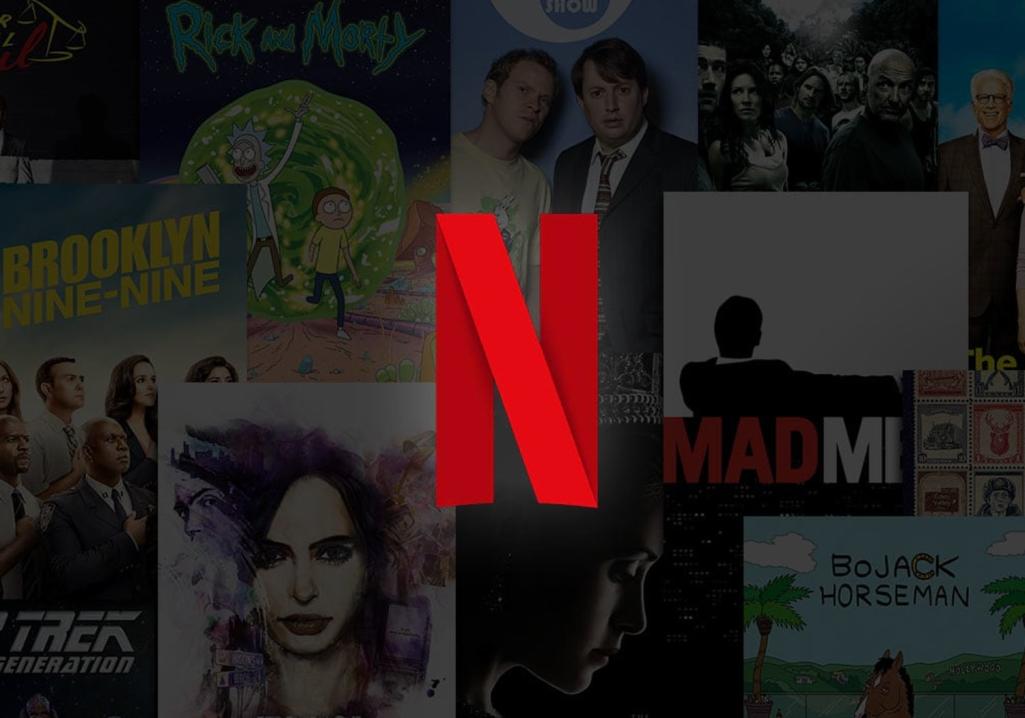How Does Netflix's Content Strategy Differ from Traditional TV Networks?
The entertainment industry has undergone a profound transformation in recent years, largely driven by the rise of streaming services. Netflix, the leading player in the streaming market, has emerged as a formidable competitor to traditional TV networks, challenging their long-held dominance. This article delves into the key differences between Netflix's content strategy and that of traditional TV networks, exploring how Netflix has revolutionized the way we consume entertainment.

Netflix's Content Strategy
Netflix's content strategy is characterized by several key elements that set it apart from traditional TV networks:
Original Content Production
- Netflix invests heavily in original content production, including TV shows, movies, and documentaries.
- This focus on original content allows Netflix to differentiate itself from competitors and attract new subscribers.
- Netflix's original content has garnered critical acclaim and cultural significance, influencing popular culture and generating social media buzz.
Data-Driven Approach
- Netflix utilizes data analytics to understand viewer preferences and tailor content accordingly.
- The company collects vast amounts of data on viewer behavior, including what they watch, when they watch it, and how long they watch it.
- This data-driven approach enables Netflix to create content that is highly relevant and engaging to its subscribers.
Personalization And User Engagement
- Netflix employs algorithms to personalize content recommendations and create a personalized user experience.
- The platform uses a variety of factors to tailor its recommendations, including a viewer's watch history, ratings, and preferences.
- Netflix's focus on personalization has been a key factor in its success, as it helps to keep subscribers engaged and satisfied.
Global Distribution And Accessibility
- Netflix distributes its content globally, making it accessible to viewers worldwide.
- The company has invested heavily in international expansion, and its content is now available in over 190 countries.
- Netflix's global reach has made it a truly global entertainment brand.
Traditional TV Networks' Content Strategy
Traditional TV networks have traditionally relied on a different set of strategies to attract and retain viewers:
Reliance On Acquired Content
- Traditional TV networks primarily rely on acquired content from production studios and distributors.
- This content includes TV shows, movies, and sports programming.
- Reliance on acquired content limits the networks' ability to differentiate themselves from competitors.
Emphasis On Linear Programming Schedules
- Traditional TV networks follow a linear programming schedule, with content airing at specific times.
- This schedule is designed to attract viewers to specific channels and time slots.
- Linear programming schedules have become less relevant in the age of streaming, as viewers demand more flexibility and control over their viewing experience.
Targeting Specific Demographics And Markets
- Traditional TV networks target specific demographics and markets with their programming.
- This is done through careful selection of content and scheduling.
- Targeting specific demographics and markets limits the networks' reach and appeal to a broader audience.
Limited Global Reach
- Traditional TV networks typically have limited global reach due to regional licensing agreements.
- This means that their content is not available to viewers in many parts of the world.
- Limited global reach restricts the networks' ability to grow their audience and generate revenue.
Key Differences Between Netflix And Traditional TV Networks

The following table summarizes the key differences between Netflix's content strategy and traditional TV networks' content strategy:
| Netflix | Traditional TV Networks |
|---|---|
| Focus on original content production | Reliance on acquired content |
| Data-driven approach to content selection and creation | Rely on market research and traditional audience measurement methods |
| Emphasis on personalization and user engagement | Offer limited personalization options, such as DVR recordings and on-demand content |
| Global distribution and accessibility | Typically have limited global reach due to regional licensing agreements |
Impact Of Netflix's Content Strategy
Netflix's content strategy has had a profound impact on the entertainment industry:
Changing Viewing Habits
- Netflix's content strategy has led to a shift in viewing habits, with viewers moving away from traditional TV schedules.
- Binge-watching and on-demand viewing have become more prevalent.
- Netflix's flexibility and convenience have made it a popular choice for viewers who want more control over their viewing experience.
Competition And Market Disruption
- Netflix's success has disrupted the traditional TV industry, forcing networks to adapt their strategies.
- Increased competition has led to a rise in streaming services and cord-cutting.
- Traditional TV networks have been forced to invest more in original content and develop new ways to attract and retain viewers.
Cultural Impact
- Netflix's original content has gained critical acclaim and cultural significance, influencing popular culture and generating social media buzz.
- Netflix has become a major player in the entertainment industry, and its content has had a significant impact on the way we consume entertainment.
- Netflix has helped to redefine what it means to be a successful entertainment company in the 21st century.

Netflix's content strategy has revolutionized the way we consume entertainment. By focusing on original content production, data-driven decision-making, personalization, and global distribution, Netflix has created a unique and compelling viewing experience that has attracted subscribers worldwide. Traditional TV networks have been forced to adapt to this new reality, and the entertainment industry is likely to continue to evolve in the years to come. As technology continues to advance and viewer preferences change, Netflix and other streaming services will need to continue to innovate and adapt in order to stay ahead of the curve.
YesNo

Leave a Reply